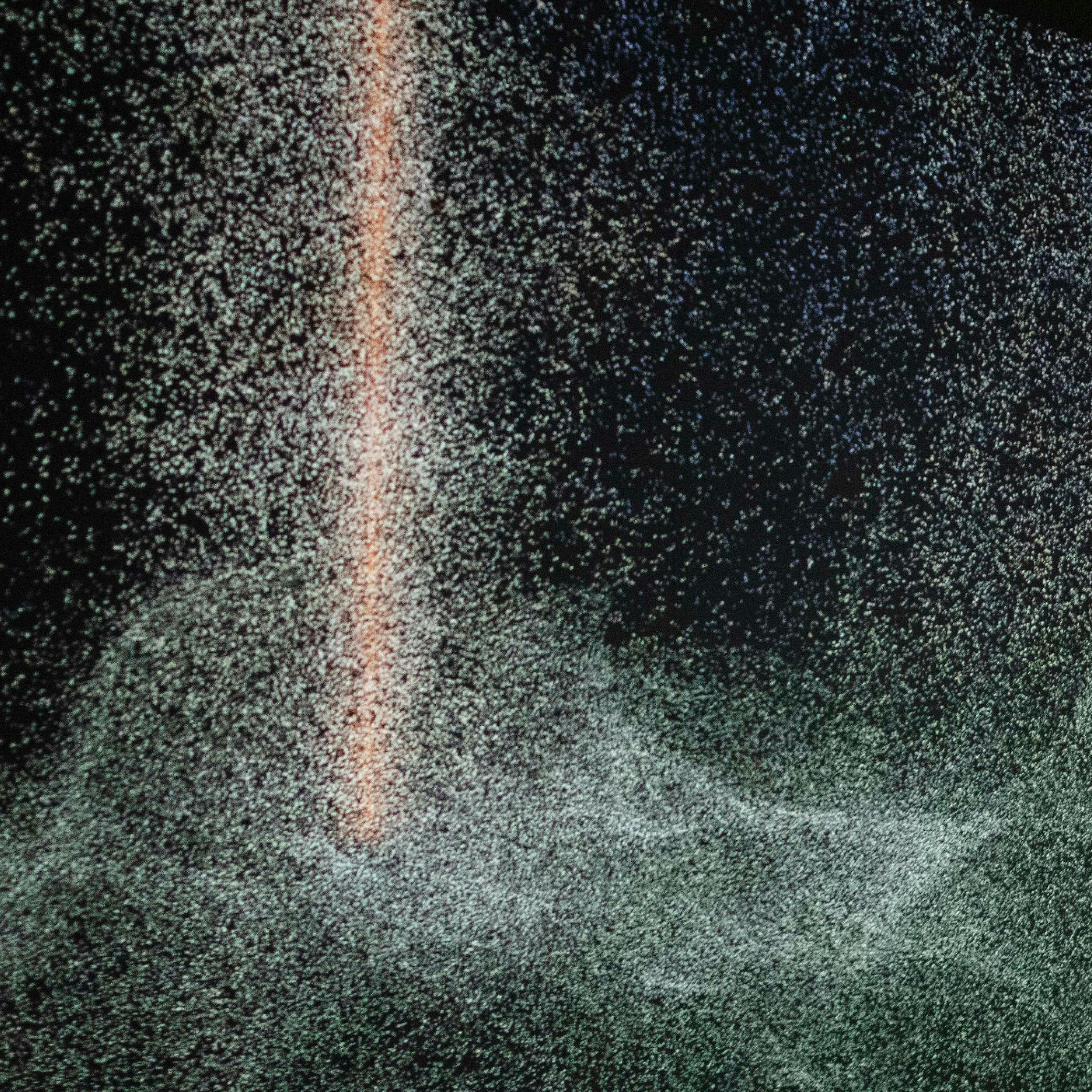Video / Mixed media installations
In the digital age, art would not be imaginable without video works. The acquired works are from the period 1993–2020. Video art began developing in Latvia in the late 1980s and early 1990s, with only a few artists working with the medium. One of these is Aija Bley, whose video collage about the relativity of time “Disruptions in Viewing Time” (1993) shows the initially experimental nature of the video age. Anita Zabiļevska’s video installation “Five Identical Landscapes” (1994), created in the 1990s in the midst of a paradigm shift for artistic media, is a conceptual challenge about the relationship between video art and painting and viewers’ perception habits. After the millennium, video has become increasingly narrative, akin to short films. Video artists highlight issues that are socially humanly and ecologically relevant and important to society and the individual, mocking mysticism and looking to science. This encompasses an expansive linguistic narrative. Artists making video films usually work in the multimedia sphere, expressing their concepts in extensive installations. The technological methods used in video films include photography, montages of images and film material, animation, graphic movement techniques, and immersive media. Video works by Kristaps Epners, Voldemārs Johansons, Katrīnas Neiburga, Kate Krolle, Ģirts Korps, Līga Marcinkēviča, Mārtiņš Ratniks, Ieva Rubeze, and other artists have been added to the collection. They are characterised by audiovisual stories and expansive imagery of contemporary concepts.
